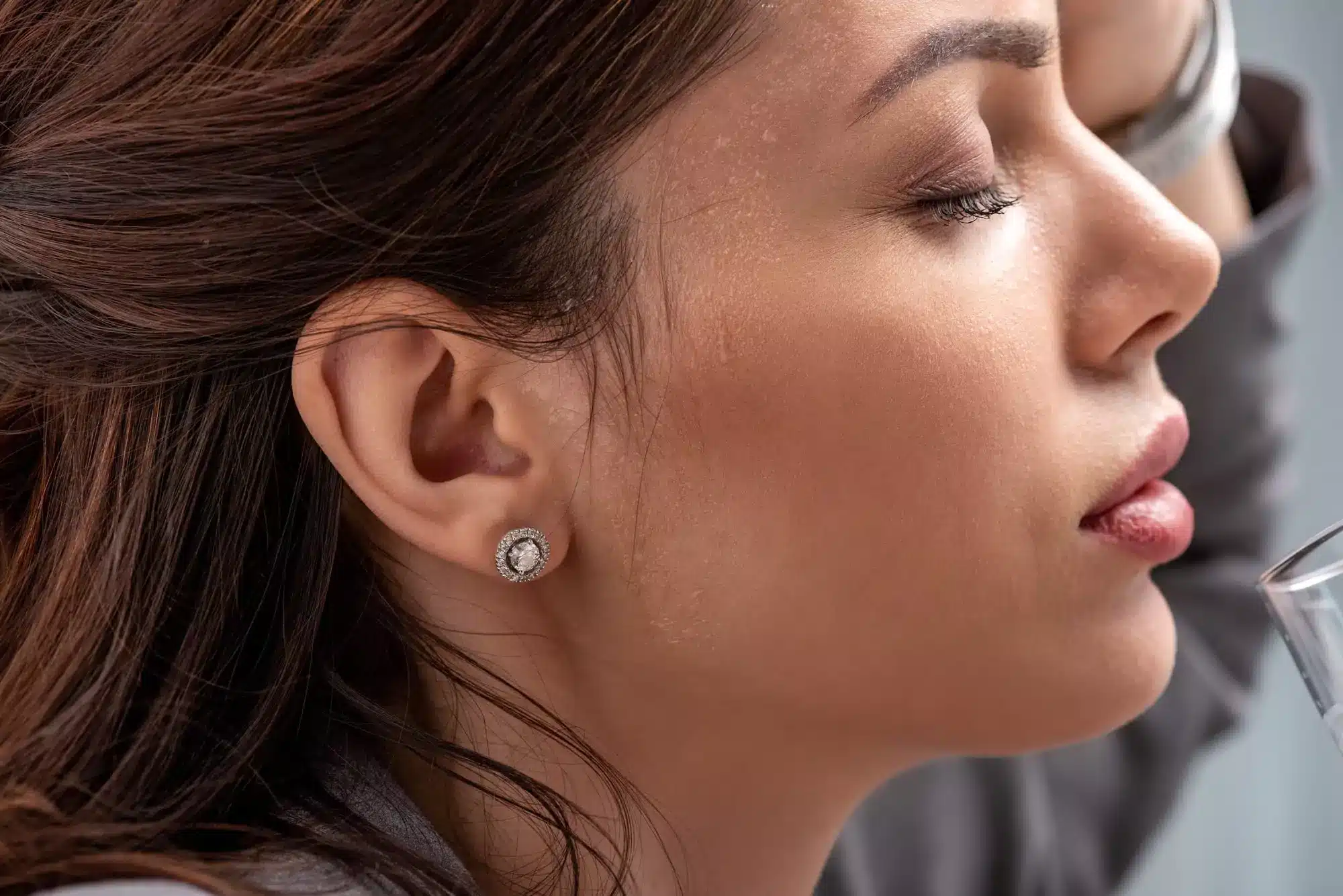
What is perspiration?
Perspiration is an important biological process that helps to regulate the body temperature within a normal range. Besides maintaining normal body temperature, the usual sweating process is also essential for getting rid of disease-causing toxins and eliminating potentially harmful microorganisms present on the surface of the skin as well as those that cannot survive in temperatures above 37°C. Perspiration usually occurs under 2 major conditions: physical heat and significant emotional stress. Physical heat tends to cause sweating all over the body while intense emotional stress triggers sweating in select areas such as the soles of feet, armpits, palms, and even the forehead. Despite its biological importance, excessive sweating can cause tremendous health problems.
What is hyperhidrosis?
Hyperhidrosis refers to a disorder that is characterized by excessive and abnormal sweating than what is usually required to regulate body temperature and eliminate toxins. Hyperhidrosis can be classified into 2 major categories based on the cause of excessive sweating and the areas affected:
- Primary focal hyperhidrosis: People diagnosed with primary focal hyperhidrosis tend to sweat excessively in specific and focal areas of the body. Some of the commonly affected areas include the underarms, soles of feet, palms of hands, and the face. Not only that, excessive perspiration also usually occurs symmetrically, whereby both the left and right sides of the body are equally affected. Many patients diagnosed with primary focal hyperhidrosis start developing the disorder during their early childhood or adolescence. Since the exact cause of this disorder remains unknown, extensive research must be done for better understanding and appropriate treatment methods. However, some experts believe that this type of hyperhidrosis may be caused by genetics as members of the same family tend to be affected by this disorder.
- Secondary generalized hyperhidrosis: People diagnosed with secondary generalized hyperhidrosis are inclined to perspire profusely and abnormally in large and generalized regions of the body. In fact, they also sweat excessively whilst they are asleep. Compared to primary focal hyperhidrosis, which starts during childhood or adolescence, the onset of this category of hyperhidrosis is usually during adulthood. Secondary generalized hyperhidrosis occurs due to an underlying medical condition (e.g. heart disorder, endocrine disorder, infectious disorder, spinal cord injuries, nerve damage, menopause, obesity, etc.). It can also happen as a secondary effect of certain medications (e.g. cancer therapy, diabetes drugs, blood pressure drugs, etc.) and/or supplements (e.g. zinc, iron, etc.).
If left untreated, this extremely frustrating disorder will only lead to deterioration of quality of life in terms of physical, psychological, emotional, and social perspectives. Both versions of hyperhidrosis can be treated with the use of Botox.
Related Articles
Joanna Carr
Wegovy Meal Plan – What to Eat?
A balanced diet is crucial for complementing the effects of Wegovy and maximizing weight loss. Read more in this article.
Joanna Carr
What You Don’t Know About Dermal Fillers
Interested to learn more about What You Don't Know About Dermal Fillers? Browse Doctor Medica's comprehensive listing of blog posts.
Joanna Carr
Juvederm Uses: Applications in Aesthetic Medicine
Juvederm fillers are versatile hyaluronic acid dermal fillers that volumize, contour, and rejuvenate various face and body areas.


